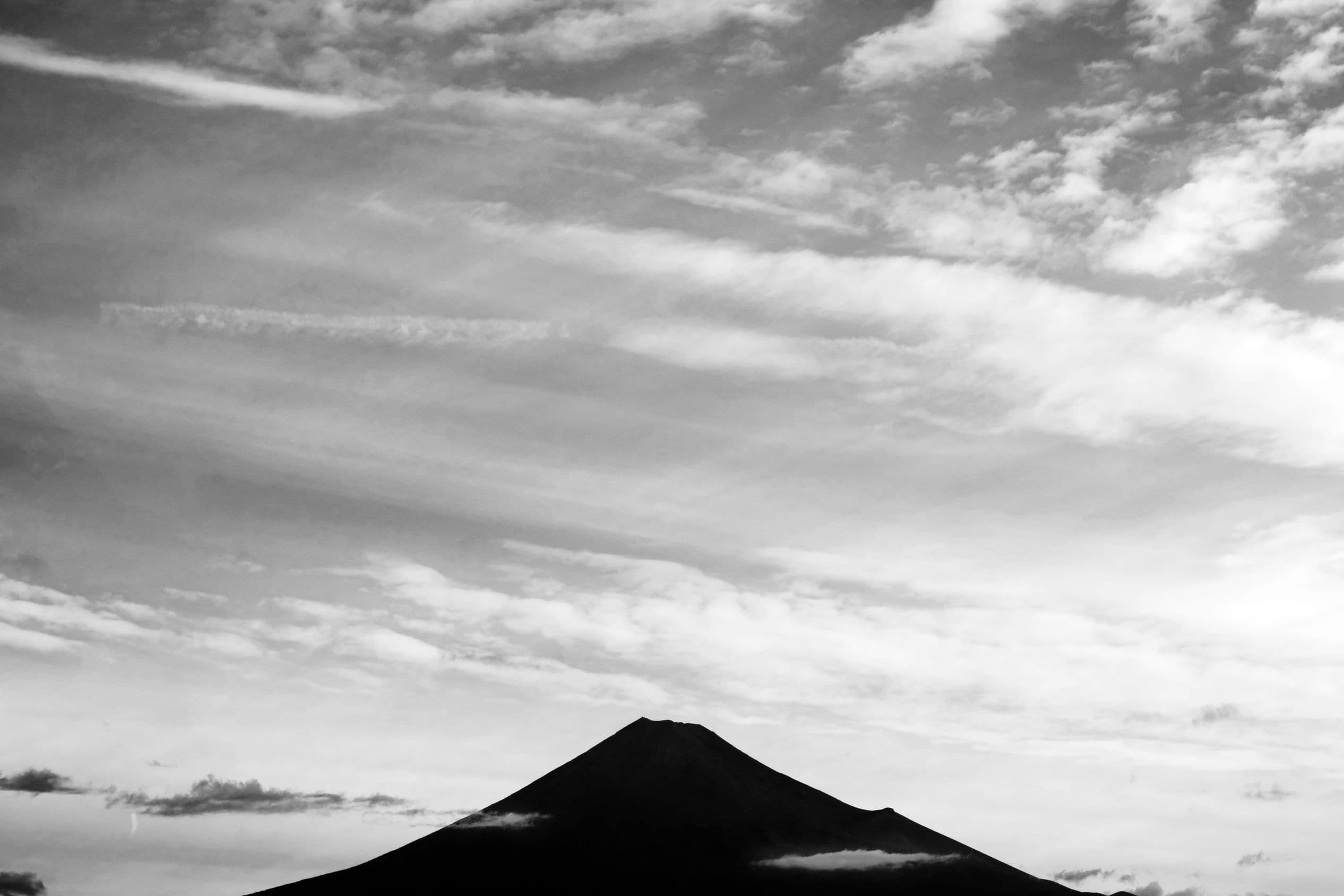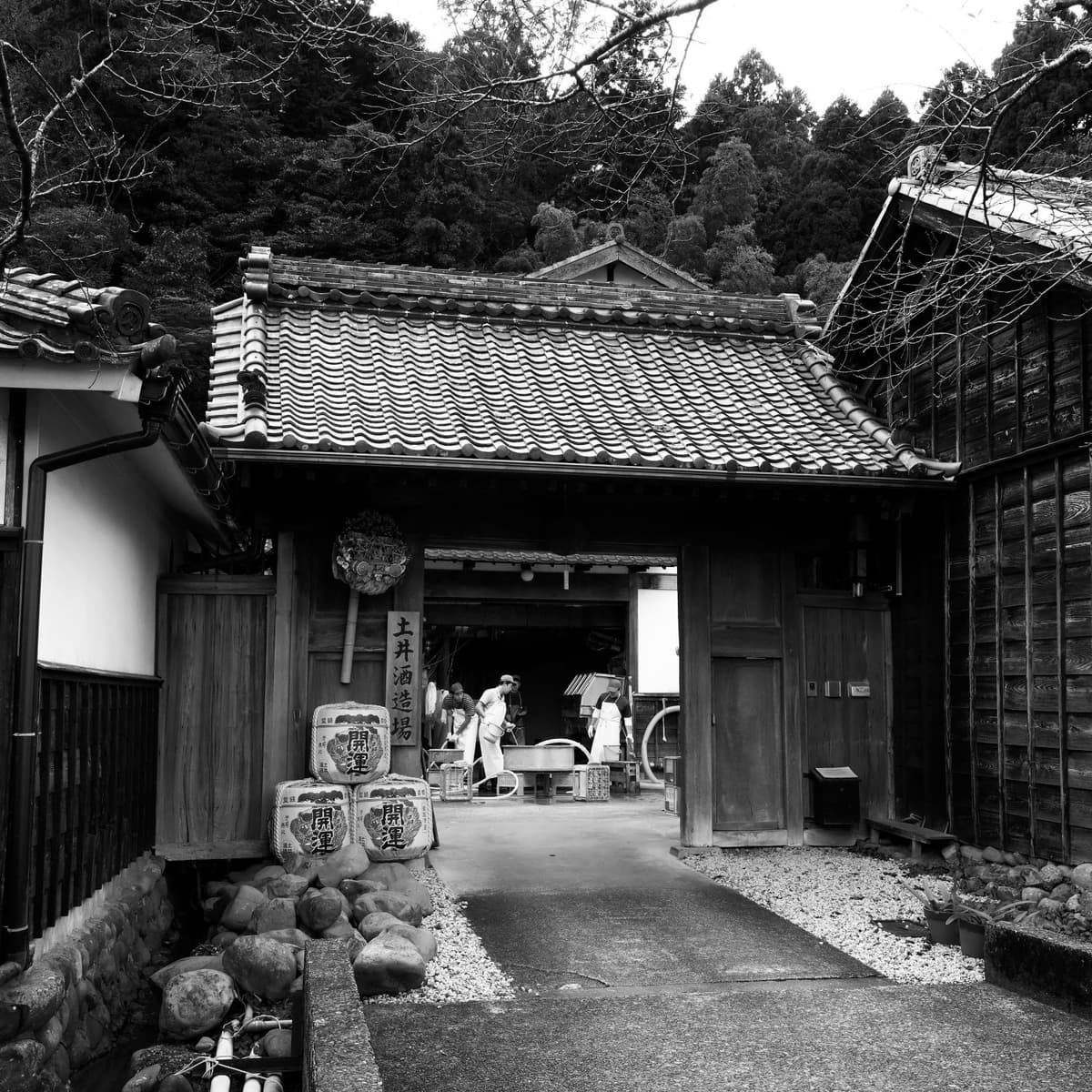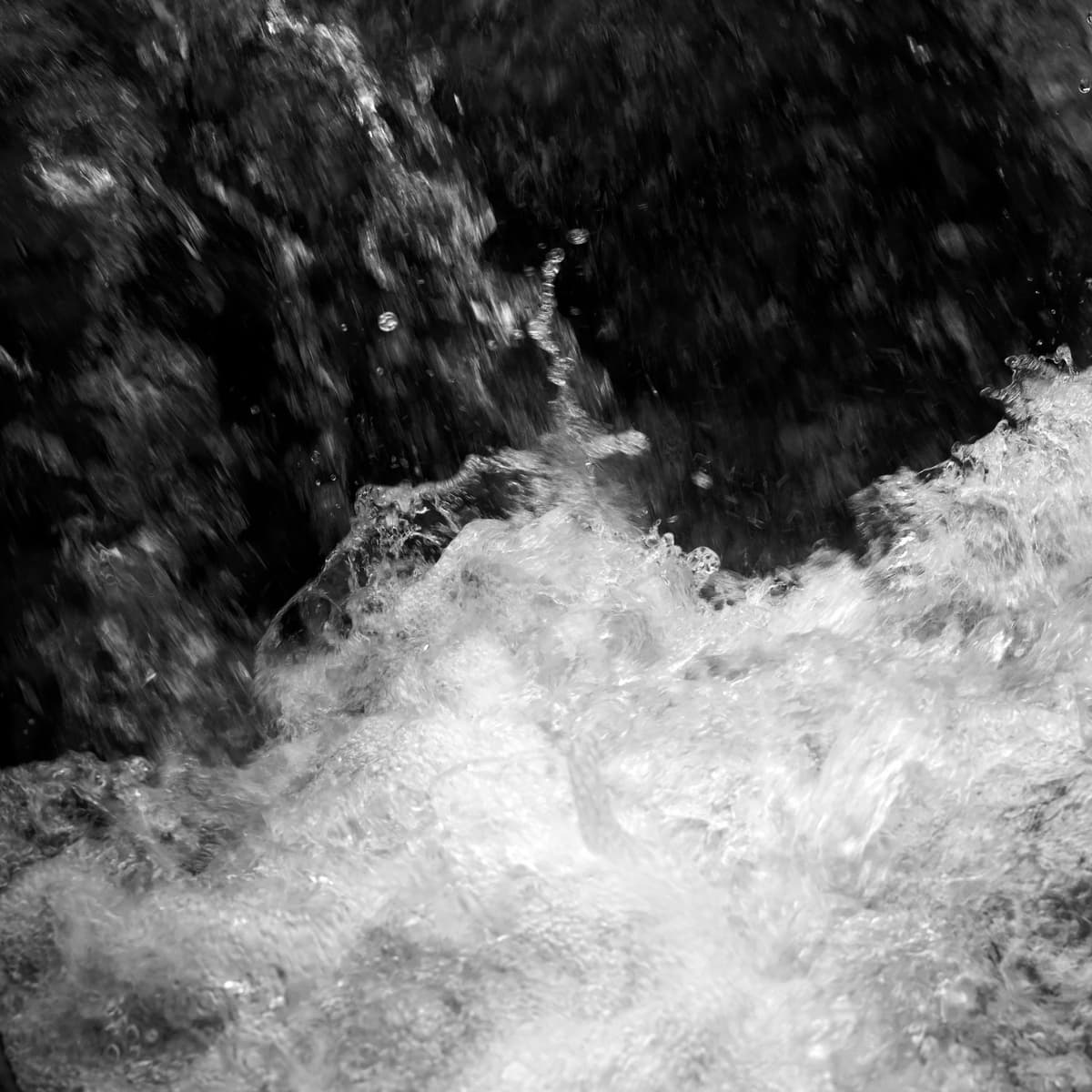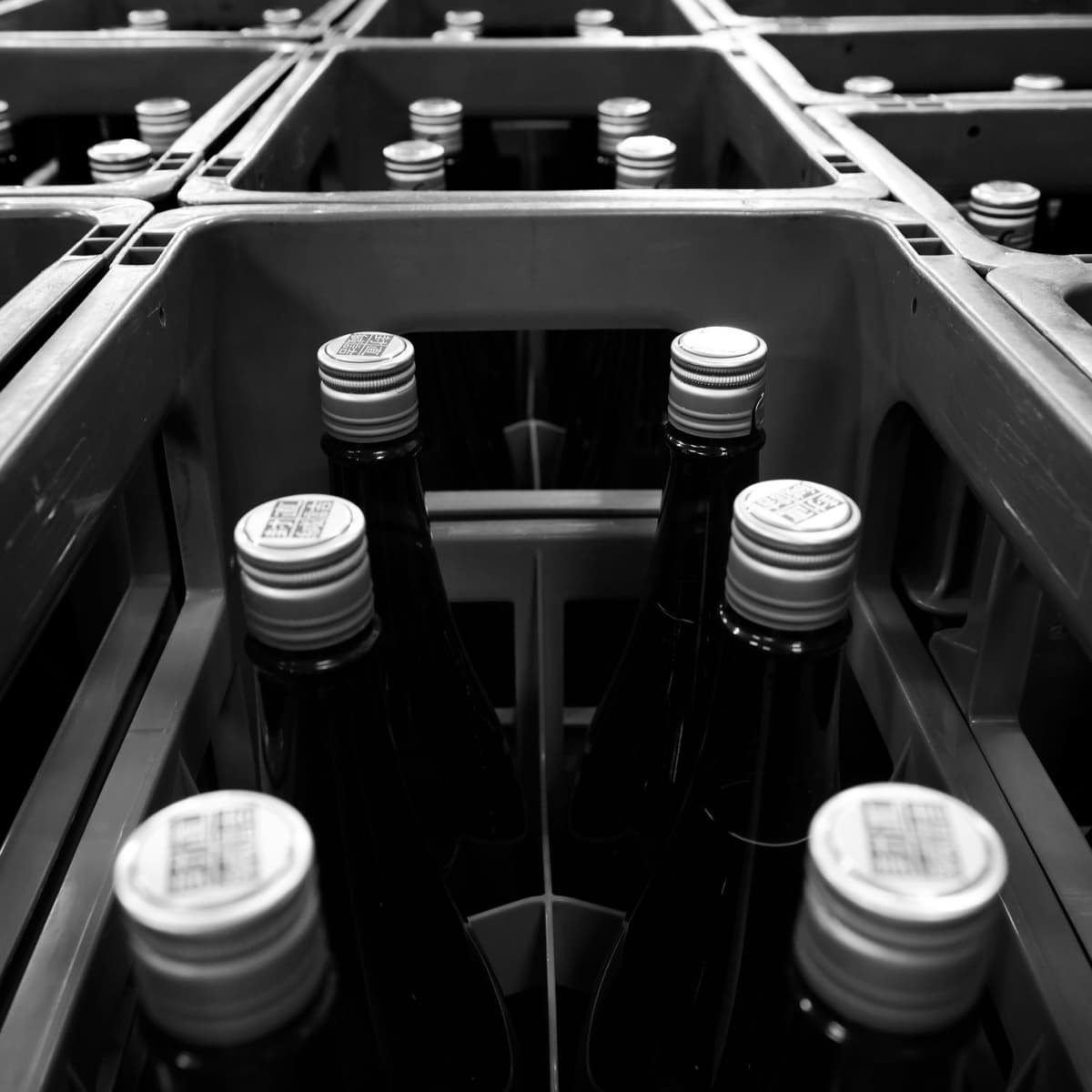Verify Your Age
To visit Measured, you must be of legal drinking age. Please verify your age before continuing.
To visit Measured, you must be of legal drinking age. Please verify your age before continuing.
By continuing you are also agreeing to our Terms of Use and Privacy Policy.
“Lots of people have tried sake in a takeaway sushi restaurant and hated it,” says Kohanda. The solution? Drink more sake.


Few people understand the depth and history of sake like Kanji Kohanda, owner of Melbourne-based sake distributor Nomu Saketen. Developed in collaboration with Shizuoka prefecture, one of Japan’s most famous regions for sake production, Nomu is a platform to promote their local producers and make sake more accessible to Australian audiences.
At Nomu, Kohanda works with nine shuzo (sake breweries) and one chozou-jo (aged sake producer), the oldest of which has been around for 300 years. For context, that’s around 100 years older than Australia’s first beer brewery (if you’re curious, it’s Cascade in Tasmania and it still operates to this day).


The method
At its most basic, sake is a combination of rice and water fermented with koji, a mould also used to make soy sauce, mirin and tempeh. Given koji’s delicate nature, cleanliness is also key to the process.
Kohanda quotes a famous saying about sake-making, “start with wash, end with wash”, referring to the meticulous washing of rice and equipment. While brewing thrives on the “good” bacteria of koji, any negative bacteria can disrupt the whole fermentation process.
The rice
Sake rice is distinct from the rice you’d find in someone’s pantry. Most brewers use breeds specifically developed for brewing to enhance flavour and withstand polishing – an essential part of the process. Polishing the rice grains removes the outer husk and exposes the starch for a sweeter, smoother sip. Naturally, the amount of polish is key to a sake’s taste, price and prestige. The more rice that’s polished away, the more light, delicate and expensive a sake will be.
The water
Like wine, sakes range from dry and robust to fruity and sweet – and where they land on the spectrum is largely due to the water they’re brewed with. Hard water tends to produce a drier product while soft water like you’d find in Shizuoka means sweeter sake. Thanks to a natural slow-filtration system* that flows through the region’s four major rivers, its pristine water is perfect for brewing.
*We’re talking up to 200 years from start to finish.


While beer, wine and spirits are a fundamental part of Australian drinking culture, sake has yet to reach the same level of recognition. But it’s on its way.
Between increasing Australian tourism to Japan and the work of dedicated sake bars and importers putting the rice-based beverage on the map, awareness and demand are growing by the minute – and as they grow, Australians’ perceptions of sake are shifting.
“Lots of people have tried sake in a takeaway sushi restaurant and hated it,” says Kohanda. And he gets it. When he first tried his grandfather’s sake as a kid, he thought it was, put bluntly, “disgusting”. For those with poor early experiences, the stereotypes that sake is strong and harsh or worse, that it needs to be warmed to be enjoyed, are tough to shake.
The solution? Drink more sake. Like wine, sake is a product of its environment with a range of flavours shaped by terroir, rice type, water quality, and brewing techniques. With so many variables, the options are virtually endless. So if you don’t love the first style you try, there’s sure to be another you do.


Sign up for a weekly email update that includes behind-the-scenes, the weekend edit and a first look at whats to come. Or join the conversation and follow us on Instagram.